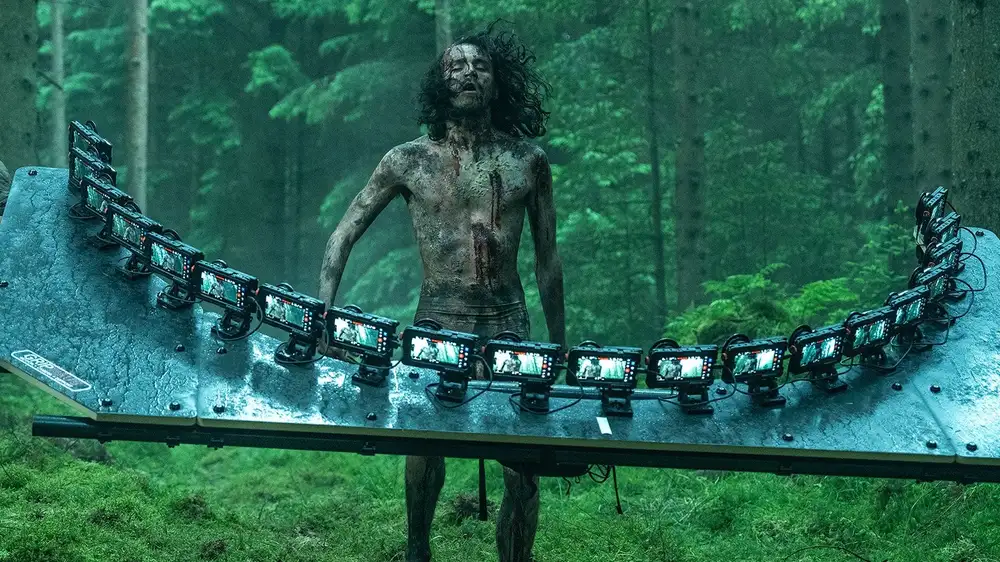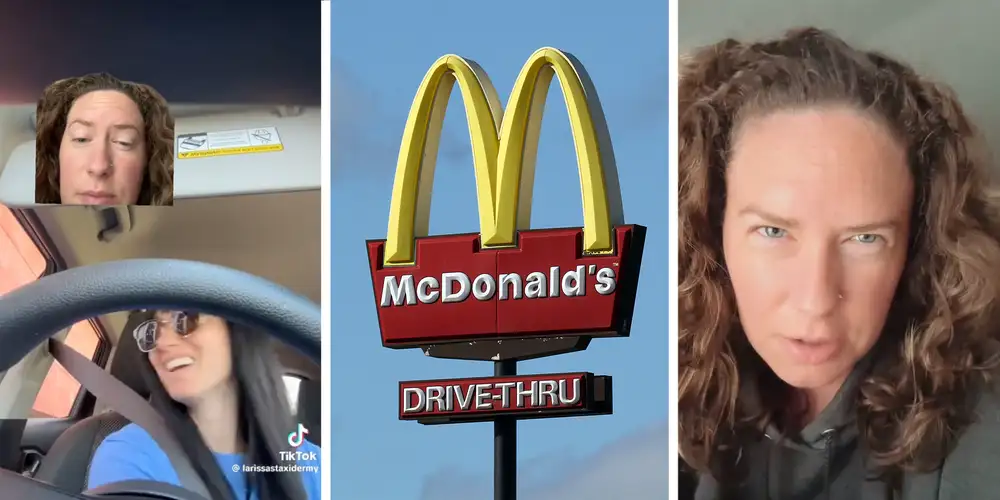There are two new breeds of “infected” in 28 Years Later, so we’re delving into the ways these new iterations have evolved, as well as how they fit into the horror sequel’s story.
28 Years Later is a belated follow-up to 28 Days Later and 28 Weeks later; one that’s crafted by the original’s writer Alex Garland and director Danny Boyle.
The film’s are set in a post-apocalyptic world where a virus called ‘Rage’ – which escaped from a laboratory – has been turning people into speedy and bloodthirsty zombies.
The infected didn’t change much between movies one and two, but nearly three decades have elapsed been two and three, resulting in two new breeds of zombie. Meaning SPOILERS ahead…
What is a Slow-Low?
Big, bolbous, bloated, and pale, Slow-Lows crawl around on their stomachs, and appear to survive on a steady diet of earthworms.
The ‘Slow-Lows’ are the first infected that father Jamie and son Spike meet when they journey to the mainland in 28 Years Later.
This form of infected do appear to look out for each other, screaming when danger is afoot, and even potentially distracting prey so another Slow-Low can attack.
But these blobs of flesh are also as slow as their name suggests – akin to crawling versions of George Romero’s zombies – so Spike has no trouble firing an arrow into a Slow-Low, resulting in his first kill.
What are the Alphas?
Alpha is a type of infected that’s bigger, faster, stronger, and smarter than other zombies, making them more of a match for the surviving humans.
Boyle recently spoke to IGN about this development, saying: “There have been evolutions because we didn’t want to just stand still with them. There has been kind of mutations that have developed, if you like.”
Within the narrative, this glow-up is put down to the Rage infection acting like a steroid on the infected in question. Alphas also appear to have a signature move, pulling head and spine off a body, then swinging it around like a bloody trophy.
While Jamie and his people call them Alphas, they meet a Swedish Naval officer who compares them to berserker Viking warriors.
Later in the movie, Dr. Kelson reveals that he has christened one ‘Samson’ and that it has been living nearby for three years, “though I keep my distance for obvious reasons.”
It’s hard to kill an Alpha, but Kelson has found a way around that, firing darts laced with morphine at the creatures to knock them out. But they nevertheless provide the main threat for most of the movie.

 “The entitlement is just wow!!!”: Woman goes to McDonald’s drive-thru. Then she confronts the worker after they didn’t say “hi to her son
“The entitlement is just wow!!!”: Woman goes to McDonald’s drive-thru. Then she confronts the worker after they didn’t say “hi to her son